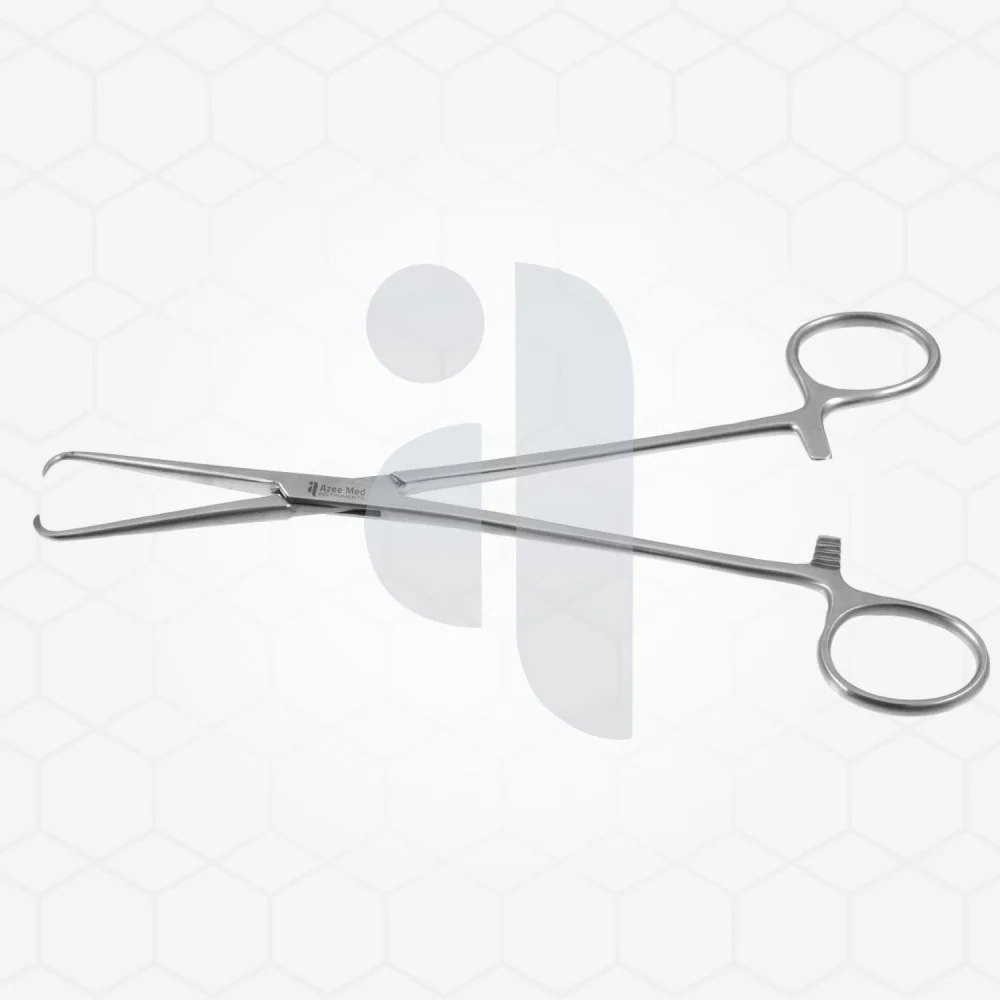Surgical instruments play a critical role in medical procedures, allowing surgeons to perform with precision, control, and safety. Among these tools, forceps stand out for their versatility and efficiency in a wide range of applications. From grasping delicate tissues to handling sterile items, surgical instrument forceps are indispensable in both routine and complex surgeries.
What Are Forceps?
Forceps are handheld instruments used to grasp, hold, or manipulate tissues, medical supplies, or surgical materials during operations. They are engineered to provide surgeons with enhanced dexterity and control. Forceps are designed with two handles, which meet at a pivot point, providing a scissor-like mechanism for grip. Their ability to perform delicate tasks without damaging tissues makes them fundamental in various surgical disciplines.
The variety in forceps allows them to cater to specific procedures. For instance, their design may differ depending on whether they are employed for dissecting, holding sutures, or clamping tissue. This diversity ensures that surgeons have the appropriate tool to perform their work with precision.
Types of Surgical Forceps
Forceps can be broadly categorized based on their function and design. Each type serves a unique purpose, contributing to the overall efficiency of surgical procedures.
1. Tissue Forceps
Tissue forceps are commonly used to hold or stabilize tissues during surgery. Depending on the task, they may feature teeth or serrations to provide a secure grip without causing undue damage. Tissue forceps are particularly beneficial in procedures involving delicate or slippery tissues.
2. Hemostatic Forceps
Hemostatic forceps are used to control bleeding by clamping blood vessels. These instruments feature a locking mechanism, ensuring the vessel remains securely occluded. They are essential in various surgical settings and help maintain a clear surgical field.
3. Dressing Forceps
Dressing forceps are designed for handling materials such as gauze or surgical dressings. They are typically used outside the sterile surgical site but remain essential for managing post-operative care and wound dressing.
4. Dissecting Forceps
Dissecting forceps are specifically designed for handling delicate tissues during dissection. Unlike other types, they prioritize precision over strength, making them ideal for surgeries requiring exacting detail. These forceps are commonly used in general surgeries and anatomical dissections.
The Importance of Forceps in Surgical Procedures
Forceps are essential for ensuring the success of surgical procedures. Their contributions extend beyond simple grasping to include the protection of tissues, prevention of contamination, and enhancement of surgical precision. For example, in microsurgeries or procedures involving organs like the eyes or arteries, forceps allow for controlled manipulation without direct hand contact.
Additionally, forceps maintain sterility in the surgical environment. Surgeons use them to handle instruments, sutures, and other materials without compromising sterility protocols. This is critical for reducing the risk of post-operative infections, ensuring better patient outcomes.
Features to Consider When Choosing Forceps
Selecting the right type of forceps is crucial for successful surgeries. Several factors influence this decision, including the material, design, and intended use. Surgical forceps are generally made of stainless steel, an ideal material due to its durability, resistance to corrosion, and ability to withstand sterilization processes.
The design of forceps also plays a significant role in their utility. For example, forceps with long, slender tips are suitable for deep or narrow areas, while broader-tip forceps are better suited for general applications. The texture and shape of the gripping surface should be matched to the materials or tissues being handled.
Daily Maintenance and Sterilization of Forceps
Maintaining surgical forceps ensures their longevity and performance. This involves cleaning them thoroughly after each use to remove blood, tissue, and other residues that could harbor bacteria. Forceps must be sterilized according to standardized procedures, such as autoclaving, to eliminate all microbial life.
Proper storage is also necessary to preserve the integrity of forceps. They should be stored in clean, dry environments and inspected regularly for signs of wear or damage. A warped or dull forceps can compromise surgical outcomes and should be replaced immediately.
Forceps in Modern Medicine
Modern medicine continues to innovate on the traditional design of forceps. For example, disposable forceps made of plastic are now available for single-use applications, reducing the risk of cross-contamination. Additionally, advancements in ergonomic design aim to minimize hand fatigue, enabling surgeons to work for extended periods without compromising accuracy.
Forceps remain integral to the advancements of surgical techniques and technologies. Whether performing life-saving surgeries or exploring minimally invasive methods, surgeons rely on these tools to perform their work safely and effectively.
Conclusion
Forceps are indispensable in the world of surgical instruments, offering precision, control, and versatility across countless medical procedures. From the critical role of dissecting forceps in delicate dissections to the robust design of hemostatic forceps for controlling blood flow, each type serves a distinct and vital purpose. Understanding their function, maintenance, and innovation ensures their continued effectiveness in advancing the field of surgery. For both surgeons and patients, forceps represent the perfect blend of simplicity and sophistication in medical technology.





Comments